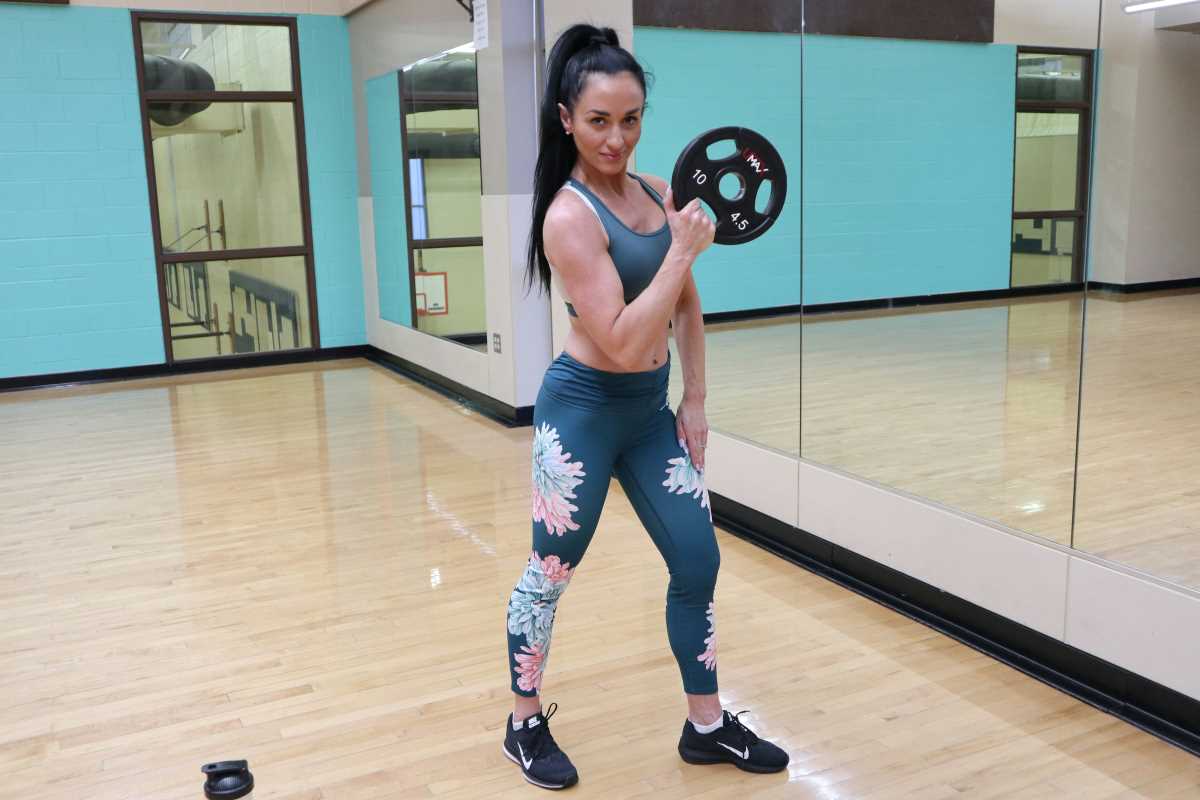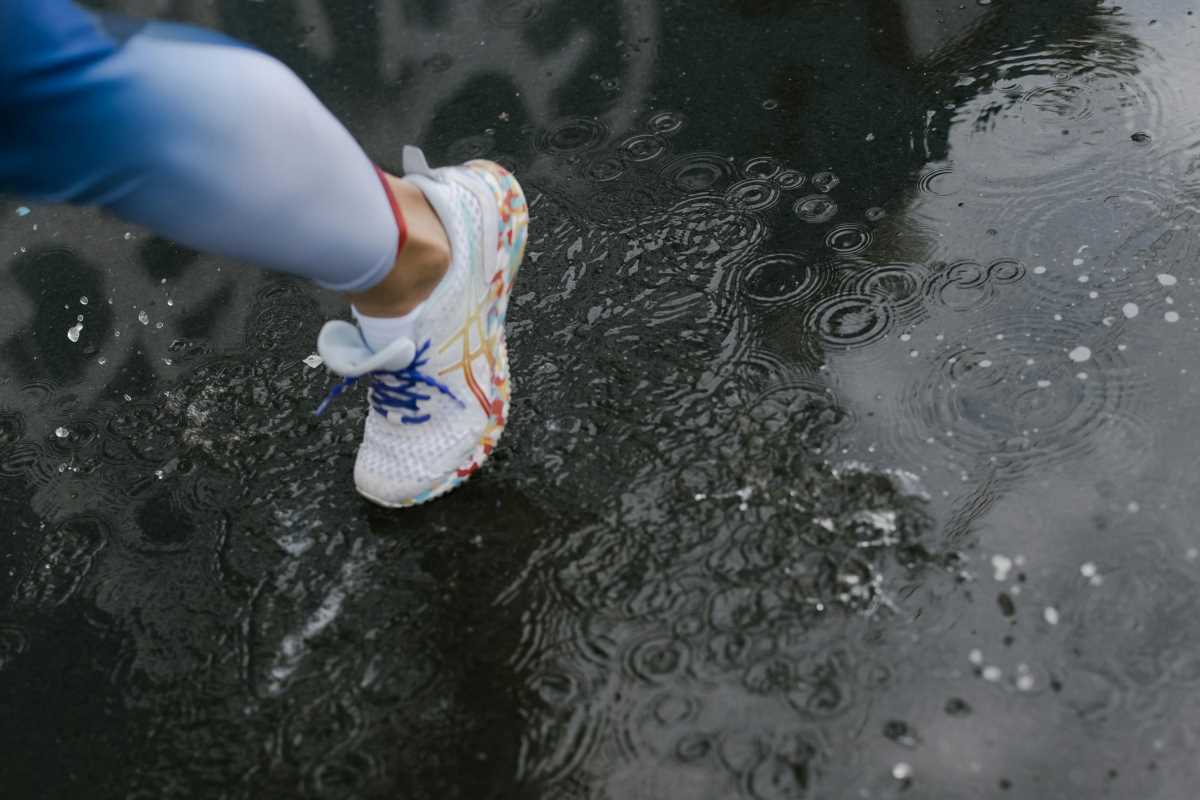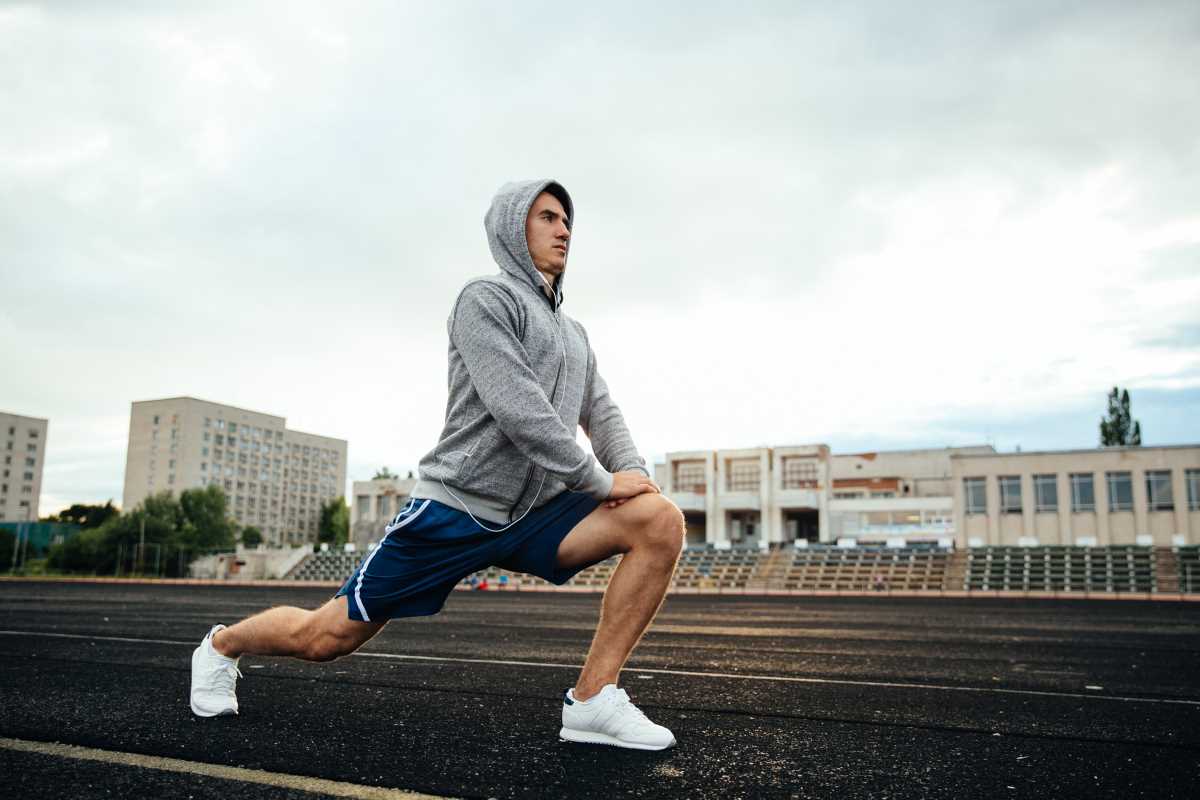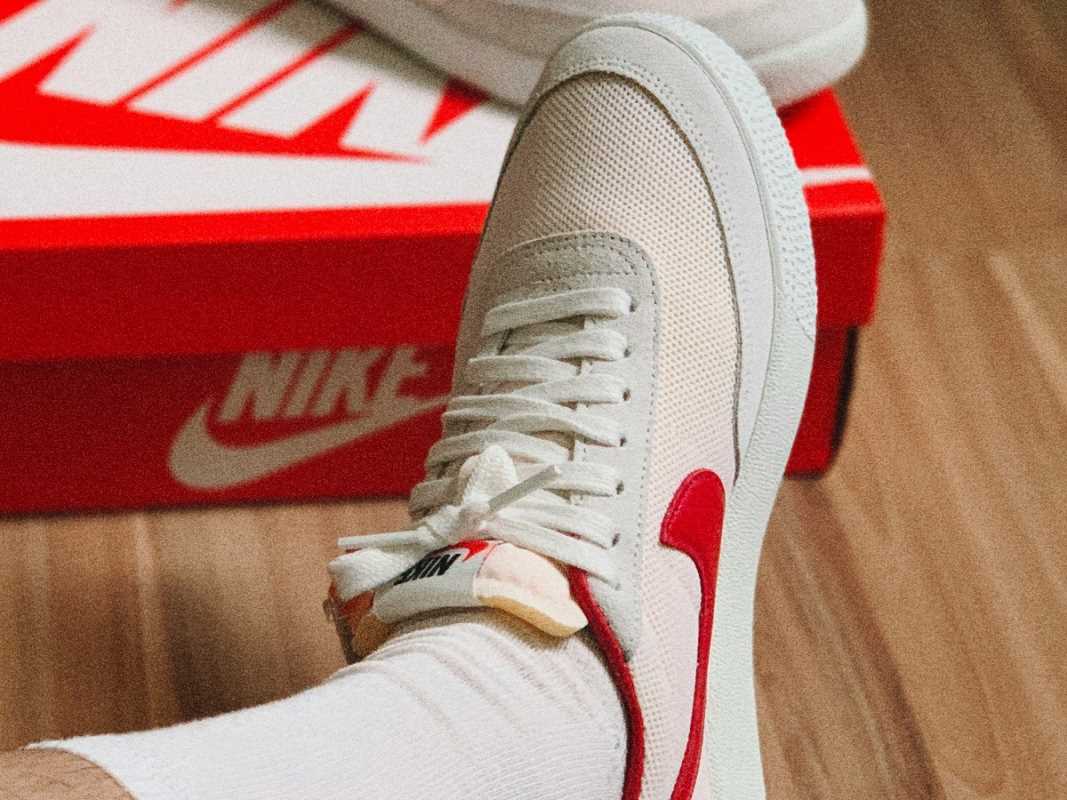Picture yourself achieving a new personal record on the track or effortlessly pulling off that perfect casual outfit. Often, the magic behind these successes lies in your choice of clothing, particularly sportswear. Today's advanced fabrics are transforming the athletic and fashion world alike, offering a seamless fusion of performance and style. These innovative materials enhance athletic performance, allowing athletes to push their limits, while also providing trendsetters with chic, functional options. This perfect blend of technology and design brings a fresh perspective to how we approach both sports and everyday fashion, making it an exciting time for anyone passionate about attire.
The Evolution of Sports Apparel
Sports apparel has come a long way from the simple cotton jerseys and polyester shorts of the past. The journey of innovation in this field reflects the growing demand for better performance and comfort among athletes.
- Early Days: Basic materials like cotton and wool were common, offering limited performance benefits.
- Introduction of Synthetics: In the 1970s, synthetic fabrics like polyester began to replace natural fibers, providing better durability and moisture management.
- Technological Advancements: The late 1990s saw the rise of specialized fabrics designed for specific sports, incorporating features like compression and enhanced breathability.
- Smart Textiles: Today, fabrics infused with technology offer real-time data tracking, temperature regulation, and even muscle support.
Understanding Technology-Enhanced Fabrics
Technology-enhanced fabrics go beyond traditional textiles by incorporating innovative materials and designs to improve performance and comfort. These fabrics integrate advanced technologies that respond to the wearer’s needs, making them a staple in modern sportswear.
- Moisture-Wicking Technology: Fabrics designed to pull sweat away from the skin, keeping athletes dry and comfortable during intense activities.
- Temperature Regulation: Materials that adjust their properties based on the surrounding temperature, providing warmth in cold conditions and cooling in heat.
- Compression: Tight-fitting fabrics that support muscles, reduce fatigue, and enhance blood circulation during workouts.
- Smart Textiles: Embedded with sensors and electronics, these fabrics can monitor vital signs and provide data to improve training and performance.
Benefits of Moisture-Wicking Fabrics
Moisture management plays a crucial role in athletic performance and overall comfort. Moisture-wicking fabrics offer several advantages that make them essential for both training and competition.
- Enhanced Comfort: By pulling sweat away from the skin, these fabrics help keep athletes dry and prevent chafing.
- Improved Performance: Staying dry allows for better thermoregulation, helping athletes maintain optimal body temperatures during exertion.
- Faster Drying: Quick-drying materials reduce the time needed to change out of sweaty gear, making transitions between activities smoother.
- Odor Control: Many moisture-wicking fabrics incorporate antimicrobial treatments to prevent the growth of odor-causing bacteria.
Key Innovations in Moisture-Wicking Sportswear
The latest advancements in moisture-wicking sportswear push the boundaries of what athletes can achieve. From new fiber technologies to innovative fabric blends, the industry constantly evolves to meet the demands of performance-driven individuals.
One standout development is the use of high-tech fabrics that incorporate nanotechnology to enhance moisture management and durability. These fabrics not only wick sweat efficiently but also offer increased resistance to wear and tear, extending the lifespan of athletic gear.
Another exciting innovation is the integration of phase-change materials (PCMs) that actively regulate body temperature by absorbing and releasing heat as needed. This technology ensures that athletes remain comfortable regardless of the external environment, allowing them to focus solely on their performance.
Advancements in sustainable materials make moisture-wicking sportswear more eco-friendly. Brands develop fabrics made from recycled plastics and organic fibers that maintain high performance standards while reducing environmental impact.
Impact on Performance and Style
Technology-enhanced fabrics improve athletic performance and redefine fashion trends. Athletes benefit from the functional aspects of these materials, while trendsetters appreciate the sleek and modern aesthetics they offer.
For athletes, the use of smart fabrics can lead to significant performance enhancements. Features like built-in muscle support and real-time biometric monitoring provide actionable data that athletes can use to optimize their training and reduce the risk of injury.
On the style front, these fabrics often come in a variety of colors and finishes that appeal to fashion-conscious individuals. The combination of functionality and style allows for versatile pieces that transition seamlessly from the gym to everyday settings, making technology-enhanced sportswear a sought-after choice for those who value both performance and appearance.
The customization options available with advanced fabrics enable users to personalize their apparel, ensuring a unique look that aligns with their personal style. This blend of technology and fashion sets new standards in the apparel industry, making high-performance gear accessible and attractive to a broader audience.
As technology continues to advance, the future of sports apparel looks promising. We can expect even more innovative solutions that cater to the evolving needs of athletes and fashion enthusiasts alike. The integration of artificial intelligence, augmented reality, and further sustainable practices will likely drive the next wave of advancements, making sportswear smarter, more efficient, and environmentally friendly.
Technology-enhanced fabrics revolutionize sports apparel by improving moisture management, performance, and style. Athletes and trendsetters benefit from these advanced materials, embracing future comfort, functionality, and fashion.
 (Image source: Midjourney)
(Image source: Midjourney) 





